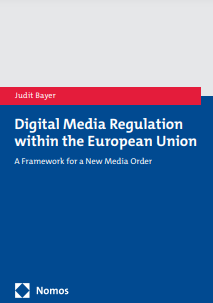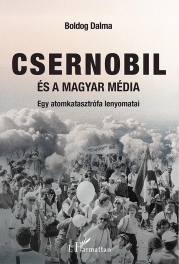Keyword – cultural memory
Sükösd, Miklós:
Sükösd, Miklós:
The technologising of the word and the realms of memory: From local oral traditions to printed national history
The influential Hungarian non-fiction writer Károly Eötvös (also a liberal politician and lawyer; 1842–1916) chose an interesting position as an author: he deliberately addressed future generations. In his major, widely read work A Journey around Lake Balaton (1900, 1909) he collected the oral traditions, true stories and family histories around the lake and sent them to the future as messages in a bottle. His work may be considered an early form of literary journalism and ethnography, and his book may also be seen as an encyclopedia of patriotism that features positive patriotic examples. As a liberal patriot, Eötvös wanted to contribute to the development of a modern, democratic Hungarian national identity that wished to integrate national minorities within the Austro-Hungarian Empire. His Balaton book invites three interpretive frameworks: Ong’s medium theory contrasting oral and written cultures, Benedict Anderson’s analysis of the co-emergence of nationalism and mass printing, and French historian Pierre Nora’s notion of the sites of memory
Keywords: Balaton, cultural memory, genius loci, liberalism, lieu de mémoire (site of memory), oral culture, print-capitalism, national identity, patriotism, written culture
Médiakutató Autumn 2020 pp. 23-43
Hermann, Veronika:
Hermann, Veronika:
What happens in Lelle
Lake Balaton plays an important part in Hungarian cultural memory and social imaginary. The rhetorical and political application of the lake has been an established practice since the early 19th century and has had a similar structure as the maturing national literature of the era. Since then, social and cultural images of the lake have been shaped by collective and individual myths, legends, anecdotes and memories. This study looks at the role of the lake in movies made under the Kádár-regime, particularly three coming-of-age stories (Pál Sándor’s Bohóc a falon [1967], András Jeles’ A kis Valentino [1979] and Péter Gothár’s Megáll az idő [1981]), each of which represents a decade under state-socialism in Hungary. It analyses how this historical context determines the image of Lake Balaton as a rhetorical figure in the popular themes of coming-of-age movies.
Keywords: cultural memory, Hungarian new-wave, mediated memory, the politics of representation, social imaginary, societal nostalgia, state-socialism
Médiakutató Autumn 2020 pp. 49-58
Hermann, Veronika – Keszeg, Anna:
Hermann, Veronika – Keszeg, Anna:
Glorious Times
Questions raised by the analysis of individual and collective aspects of nostalgia in the social sciences have focused not only on the desire for our former self or on the contradiction between collective and individual remembrance, but also, more generally, on what patterns are behind the rethinking and narrating of the past. Media texts structured around nostalgia as a narrative organising element, saturated with textual and ritual functions, create a metaphor for temporality in which images and texts produce a nostalgic experience. The recording of the individual and social experiences of nostalgia often acts in a spatial manner, which is inconsistent with the traditional modus operandi of both mediums. The topography of nostalgia narrates the past not only in time but also in space, combining homeliness with walkability. In this paper we want to show how nostalgia redistributes time through a variety of media texts coming from mainstream popular culture where in our consumption practices a fictitious past continually collides with a contradictory historic one. The field of analysis of nostalgia practices are the 1960s and its nostalgic media representations. One case study is related to the representations of 1968 in contemporary fashion media products (mainly those of the Gucci fashion house) and the other is George Lucas’s American Graffiti (1973), a movie made in the 1970s, situated in the 1960s, and stylistically placed in the 1950s in a narrative that is nostalgic at its core.
Keywords: Cold War, cultural memory, cultural studies, fashion, France, mass culture, mediated memory, memory politics, moving pictures, societal nostalgia, United States of America
Médiakutató Spring 2020 pp. 107-114



